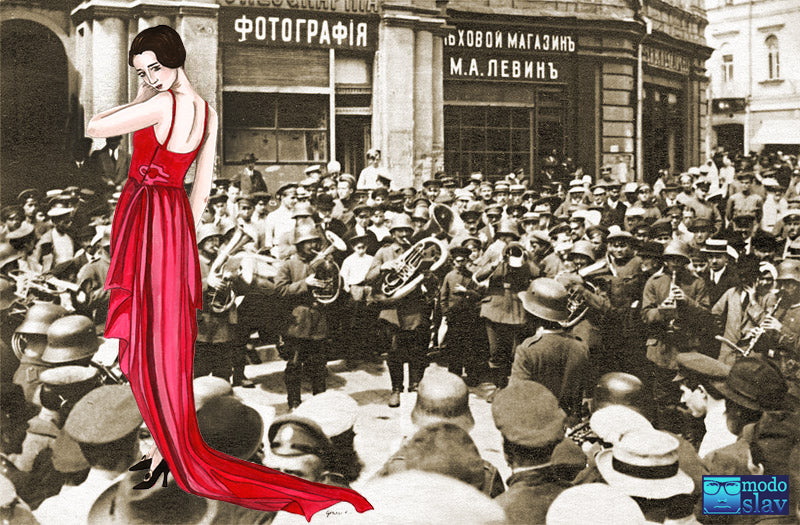
History
Since its founding in 1949, Haus has transformed from secretly making dresses in a dark attack hiding from communist and surviving the Nazis in Odessa Ukraine, to its position today as a world-renowned symbol of European craft, world class creative vision, and meticulous innovative design. Both exemplifying and entwining the decades that birthed forth, Haus's history has itself remained embedded in the culture of a brand that has transcended nearly a century as an indulgence of the finest caliber of culture and art.
Collapsible content
Who Founded Haus Von Nobel?
Haus's founder, Simone Spivak, was born in Odessa on September 14, 1937. In her youth, she lived in Ukraine, where she began working as a bespoke dressmaker in 1949. Inspired by her opulent surroundings, she began bespoke dressmaking exclusively for wealthy patrons. Surviving the Holocaust, and being evicted by the communist USSR, given 48 hours notice to leave or be killed, she moved with her family to New York City in 1977, and one suitcase and just $300 dollars of their vast fortune which was seized.
What Is Haus Known For?
Haus represents the pinnacle of European artisanal excellence and its stylings are unsurpassed for their custom quality and meticulous detail. Approaching Haus’s centenary, the Haus continues to redefine luxury while celebrating innovation through its first ever offerings of ready-to-wear, leather goods, shoes, bags, jewelry, watches, decor, and it's new collection of casual wear, while retaining their legacy in bespoke couture for evening wear and styling for only their most exclusive clientele.
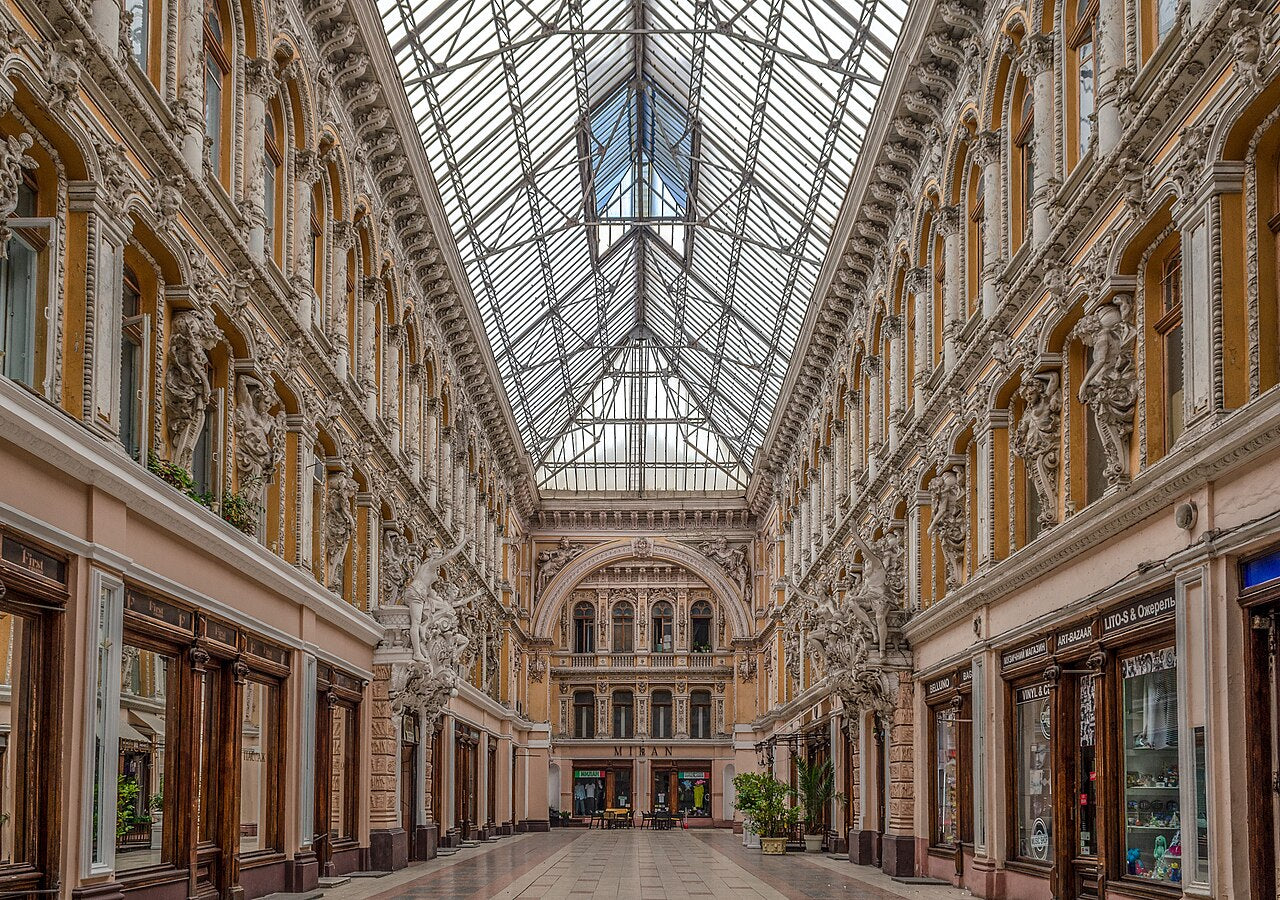
Haus Time Line
Spanning nearing a century, the history of Haus reveals a vision in continuous evolution. Each decade holds a series of accomplishment through enduring adversity, defining the brand's transformation from escaping communism to leading in luxury fashion.
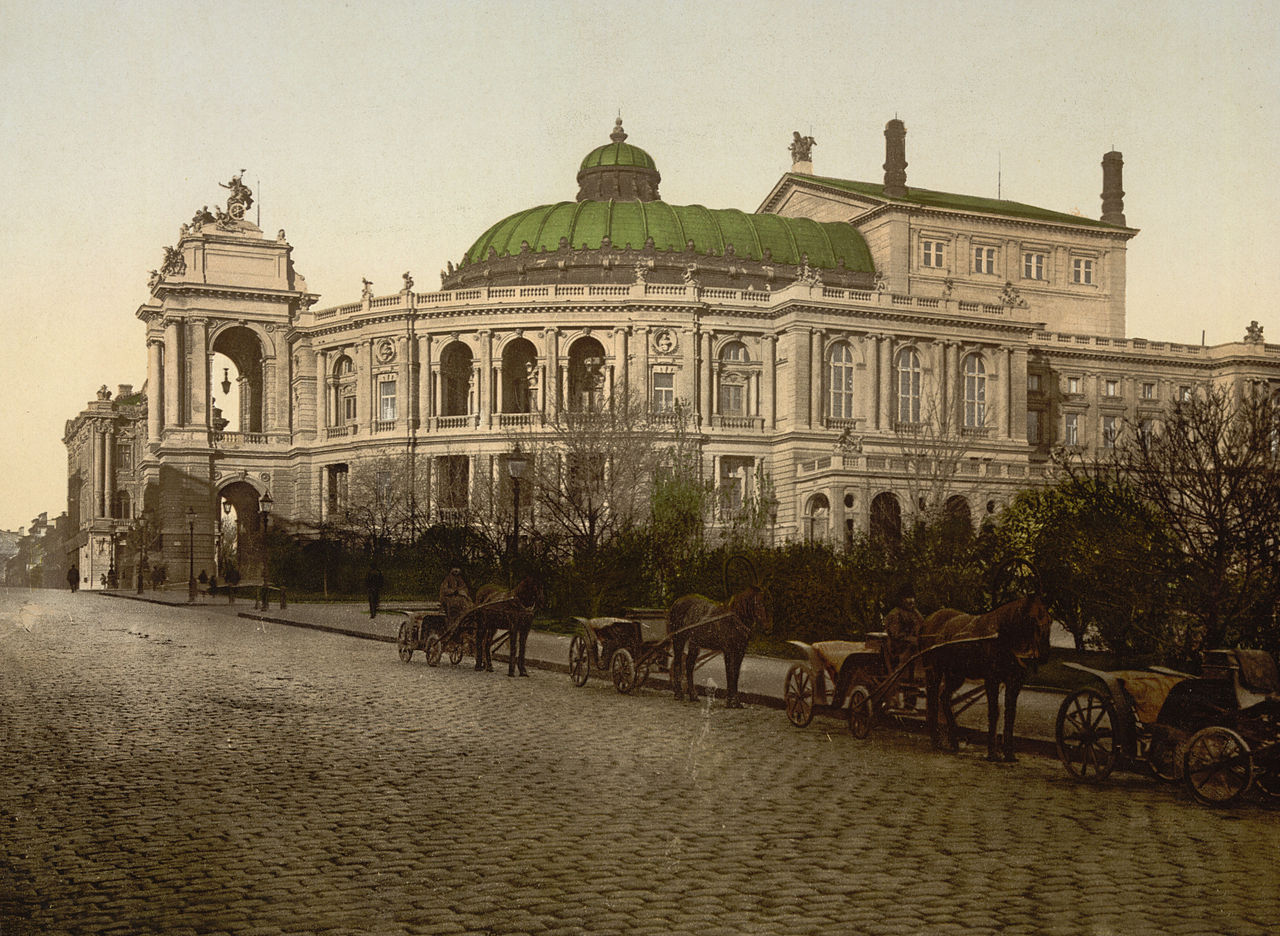
1930-1940's
Inspired by her experience in Odessa Opera House, Simone Spivak, established her bespoke dress making business in Ukraine in 1949. Her vision combined exceptional European materials and meticulous detailing. These early years established the brand's origins in bespoke luxury evening wear which have remained intrinsically entwined in Haus's heritage and design.
The late 1930s Simone was born to wealthy family in Odessa. She grew up attending fabulous parties among the oligarchs learning the value of the finest quality fabrics, leathers, and appliques.
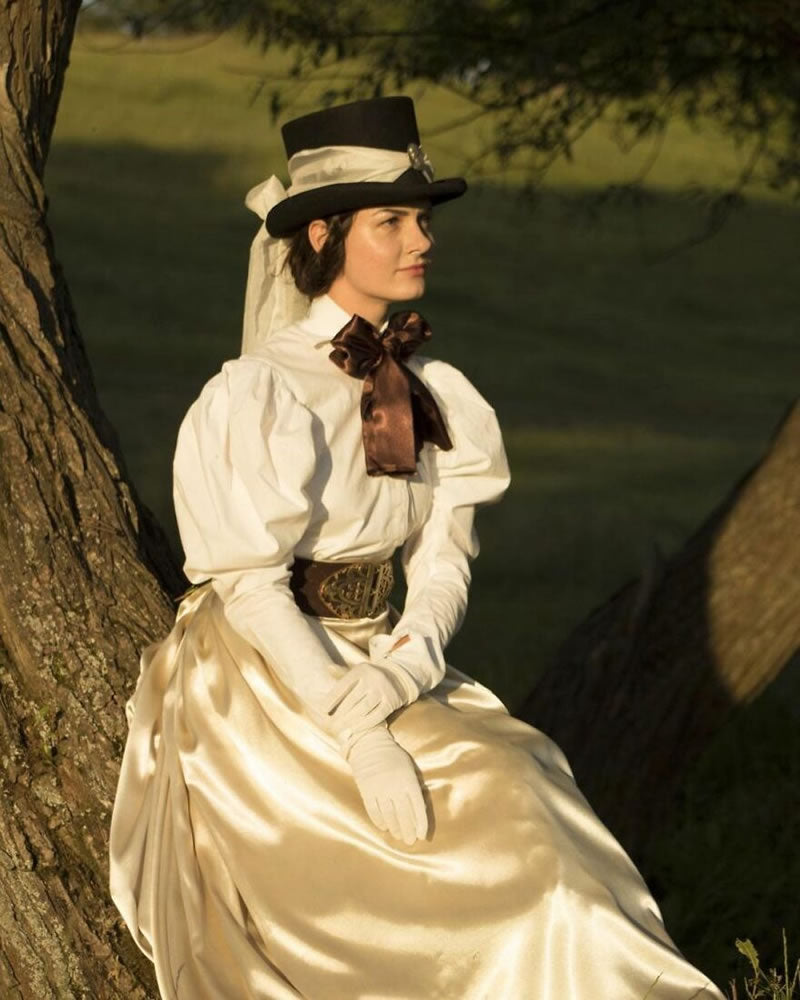
1950-1960's
During the communist USSR presence in Odessa business demand remained but freedom to profit was greatly restricted. To survive Simone was forced to complete her work in an upstairs attic in secret, sometimes sending her young daughter Liliana into the attic to complete work when it was not safe to avoid discovery by the communist soldiers.

1970 -1980's
During the lead up to the first wave of immigration from the USSR the family faced strong oppression from the communist regime and fled to the USA with nothing but a suitcase and $300 in their pocket.
They settled in Brooklyn New York and immediately David and Abraham went to work within 24 hours of arrival designing shoes in a factory. Simone and Liliana went to work for Vogue completing patterns for McCalls. Liliana worked in costume design for Hollywood with Vogue.
They opened a luxury boutique selling for italian designers such as Versace, Armani, Fendi. Ultimately the Haus found greater demand for their bespoke gowns and transitioned the business to luxury evening and Bridal. Their lSimone d' Liliane serves as the most exclusive bespoke offering of the bridal line.
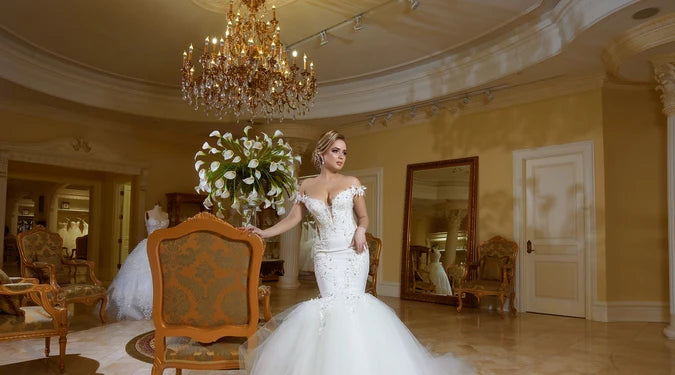
1990 - 2000's
With incredible reception among the community for their custom bridal gowns, the family established Monicas Bridal in Brooklyn New York. Ultimately acquiring the real estate for the headquarters on Sheepshead Bay Rd in Brooklyn New York which remains today as one of the most beautiful Bridal shops in New York.
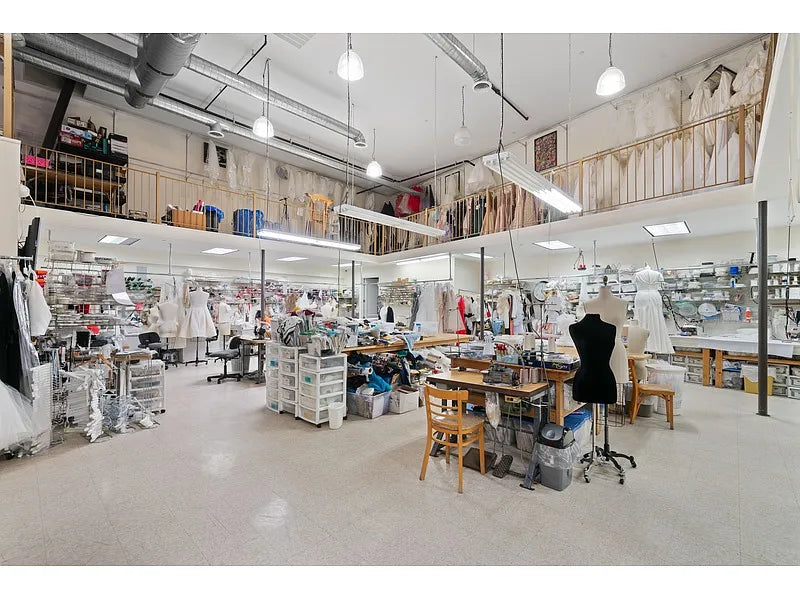
2010 - Present
Inspired by the eventual reception of Italian designers that the family attempted to introduce to the USA market decades ago at their boutique Piazza Eleganta and their near century success in bespoke design Haus Von Nobel was conceptualized by the third generation to offer bespoke couture high fashion and expand custom jewelry and accessories beyond the bridal industry introducing their Tsar and Tsarina fashion lines.
